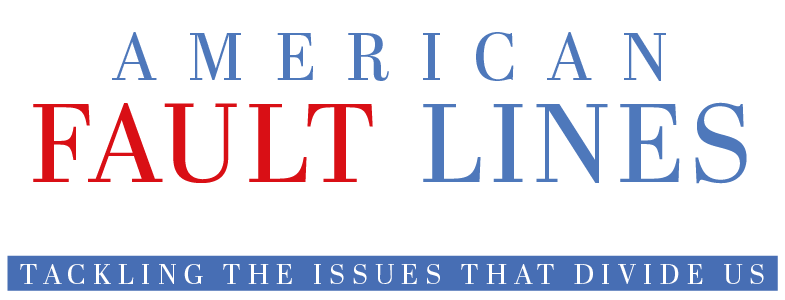Current U.S. policy toward Iran has deepened the Middle East's Sunni-Shia divide — embodied in the regional rivalry between Saudi Arabia and Iran — and risks repeating the failures of successive U.S. administrations.
Why it matters: American presidents have often tried to view the Middle East in overly black-and-white terms — from Reagan in Lebanon and Bush in Iraq to Obama’s dreams of Arab democracy. With this mindset still in play, the risks of economic harm and military escalation continue to mount.
Background: Many of today's issues can be traced to 1979 — the year of the Iranian revolution, the Soviet invasion of Afghanistan and the takeover of the Grand Mosque in Mecca.
- Iran’s Islamic revolution was in part an outgrowth of American and British meddling back in 1953, when the CIA and Britain’s MI6 ousted Iran’s prime minister to protect Western oil companies and laid the groundwork for Shia antipathy toward the U.S.
- In Afghanistan, the U.S. armed and trained Sunni Muslim jihadis to fight the Soviets.
- Shaken by the takeover of Islam’s holiest mosque by fundamentalists, Saudi Arabia’s American-backed rulers empowered conservative clerics.
The impact: These policies invited widespread blowback.
- The rise of the ayatollahs gave birth to the Shiite anti-American terrorism of the 1980s; al-Qaeda, the Taliban and other Sunni extremist groups have roots in the Afghan jihad and the Saudi’s global Wahhabi crusade.
- American military support for the minority Christian government in Lebanon alienated the country’s Shiites, bolstered Iran and sparked the first anti-American suicide bombings.
- The U.S. overthrow of Saddam Hussein removed a check on Iranian regional influence, empowered the Iraqi Shia and created instability that fostered the Islamic State.
Between the lines: America’s decades-old diplomatic dispute with Iran continues to cast the Saudis as the good guys and the Islamic Republic, which hasn’t been tied to a deadly act of anti-American terrorism since 1996, as a “nation of terror.”
- As a result, the U.S. has been pulled into the bloody Yemen proxy war between Tehran and Riyadh, reinforcing Iran's perception that the Trump White House is a tool of Saudi foreign policy.
What to watch: Iran’s Revolutionary Guard Corps, which shot down a U.S. drone last week, could provoke another confrontation in the Gulf or beyond — potentially playing into the hands of Iran hawks in the U.S., even if Trump himself wants to avoid war.
- Also worth watching are the Saudis, Emiratis and the Israelis, each of whom could stand to gain from a shooting war between the U.S. and Iran.
- By interrupting the flow of oil from the Gulf, Iran could drive up the price, helping its sanctions-strained economy.
Lawrence Pintak is a professor at Washington State University and the author of "America & Islam: Soundbites, Suicide Bombs and the Road to Donald Trump."


